How to buy…a compact system camera
Thinking of splurging on a little lens-swapping camera? Don't load up your shopping cart before loading up on our advice...
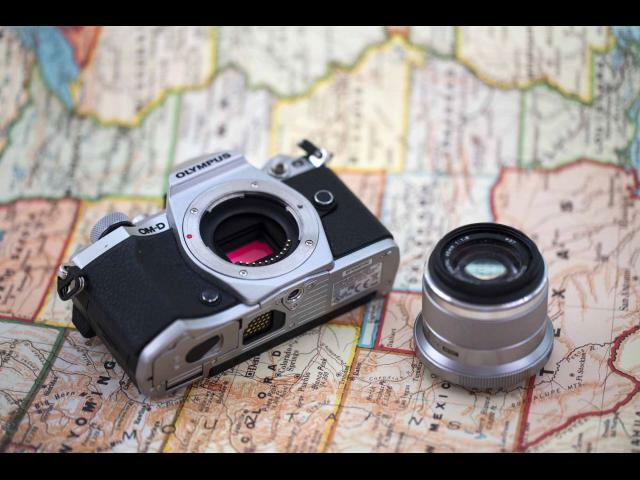
If you’ve exhausted the photographic possibilities of smartphones and point-and-shoot cameras and are looking to step up your snapping game, there’s one obvious route: the compact system camera, or CSC.
Smaller and lighter than a DSLR but offering a similar combination of manual controls, high image quality and the flexibility of interchangeable lenses, CSCs have already firmly established themselves in the camera world, despite having only existed since 2008. The result of their popularity is that there are now dozens of different models on the market, made by several different manufacturers and using a handful of different lens mounting systems.
The trouble is, it can be confusing if you’re diving into these waters for the first time. So allow us to toss you a rubber ring in the form of this guide, which clues you up on what you need to consider before buying your very own CSC.
The Basics
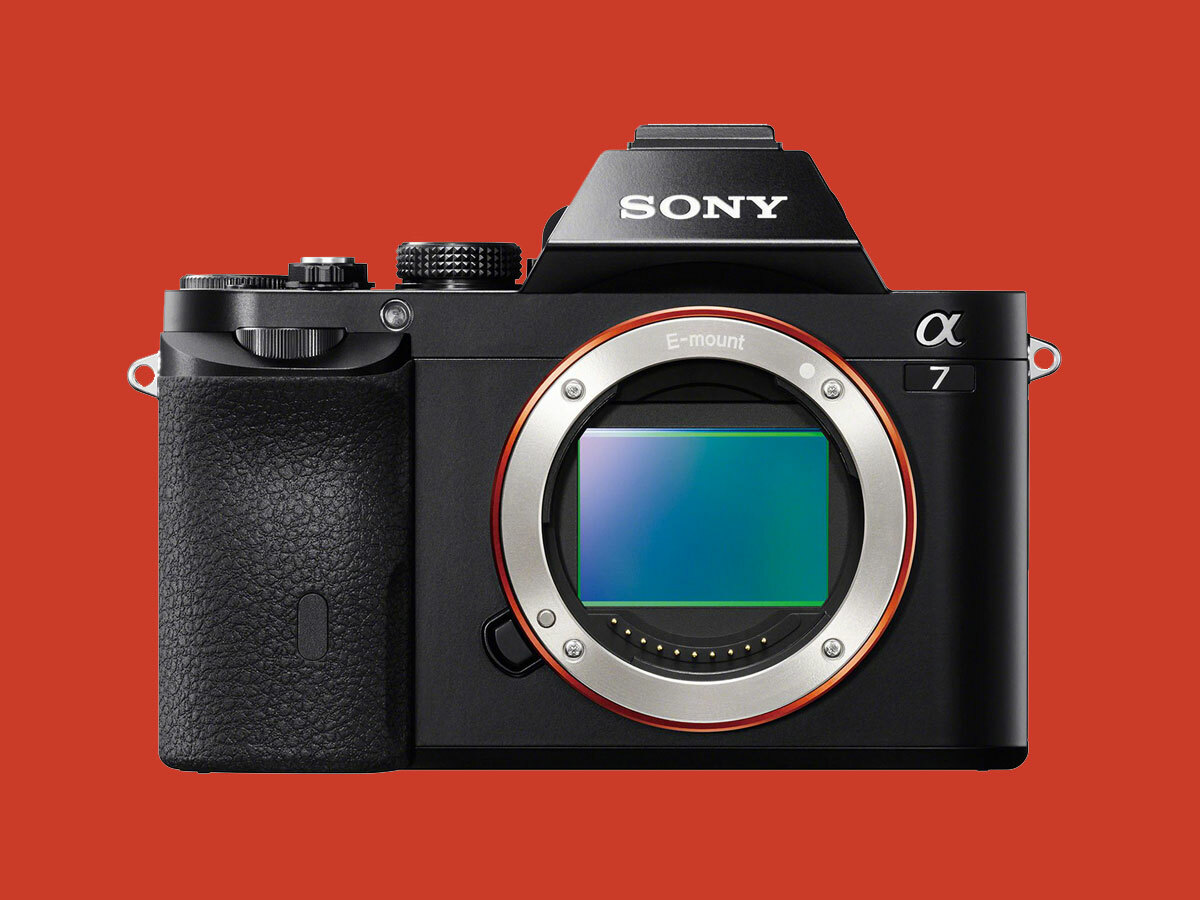
1. Know your sensors
While “compact system camera” is a type of product, all it really means is “a camera with interchangeable lenses but no mirror”. In other words, there are tons of variations on spec and ability within the CSC field – and sensor size might just be the most important one.
Forget megapixels for a moment; physically large sensors, like the Sony A7 series’ full-frame Exmors, are able to suck in substantially more light than the smaller APS-C or Micro Four-Thirds sensors of most CSCs, which means at the same shutter speeds they’ll outperform their rivals when it comes to low light shooting. The bigger, then, the better.
Best for sensor size: Sony A7R II
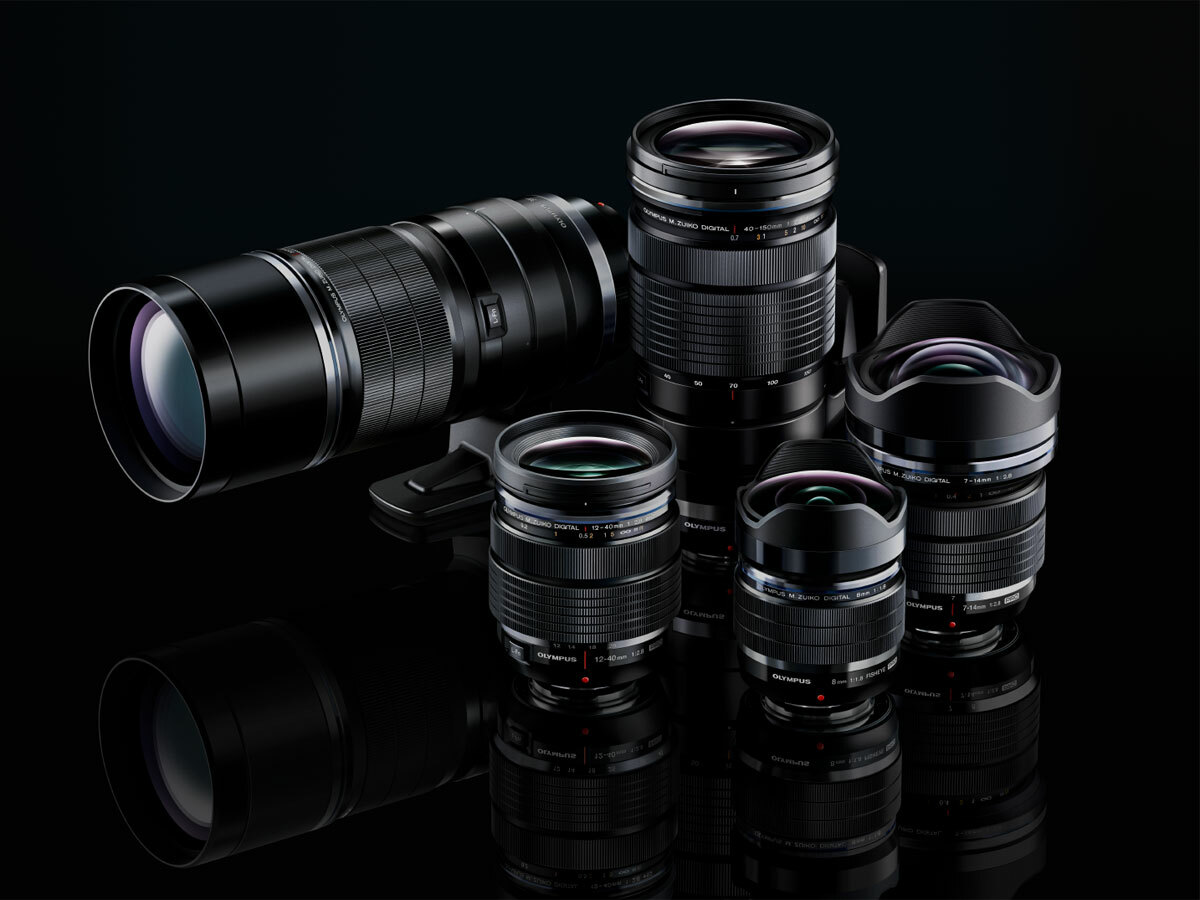
2. Lens pals
Thanks to adapters, it’s possible to fit almost any lens in existence to almost any CSC – but if you want proper metering, autofocus and aperture control, you need to buy lenses made specifically for your camera’s particular mount system.
If you crave choice and flexibility, a Panasonic or Olympus CSC might be the best choice, as these share the Micro Four Thirds system – meaning all Panasonic’s first-party lenses work on Olympus cameras and vice versa. And that’s before you figure in the lenses made by third parties like Sigma and Tamron.
Best for flexibility: Olympus OM-D E-5 Mk II
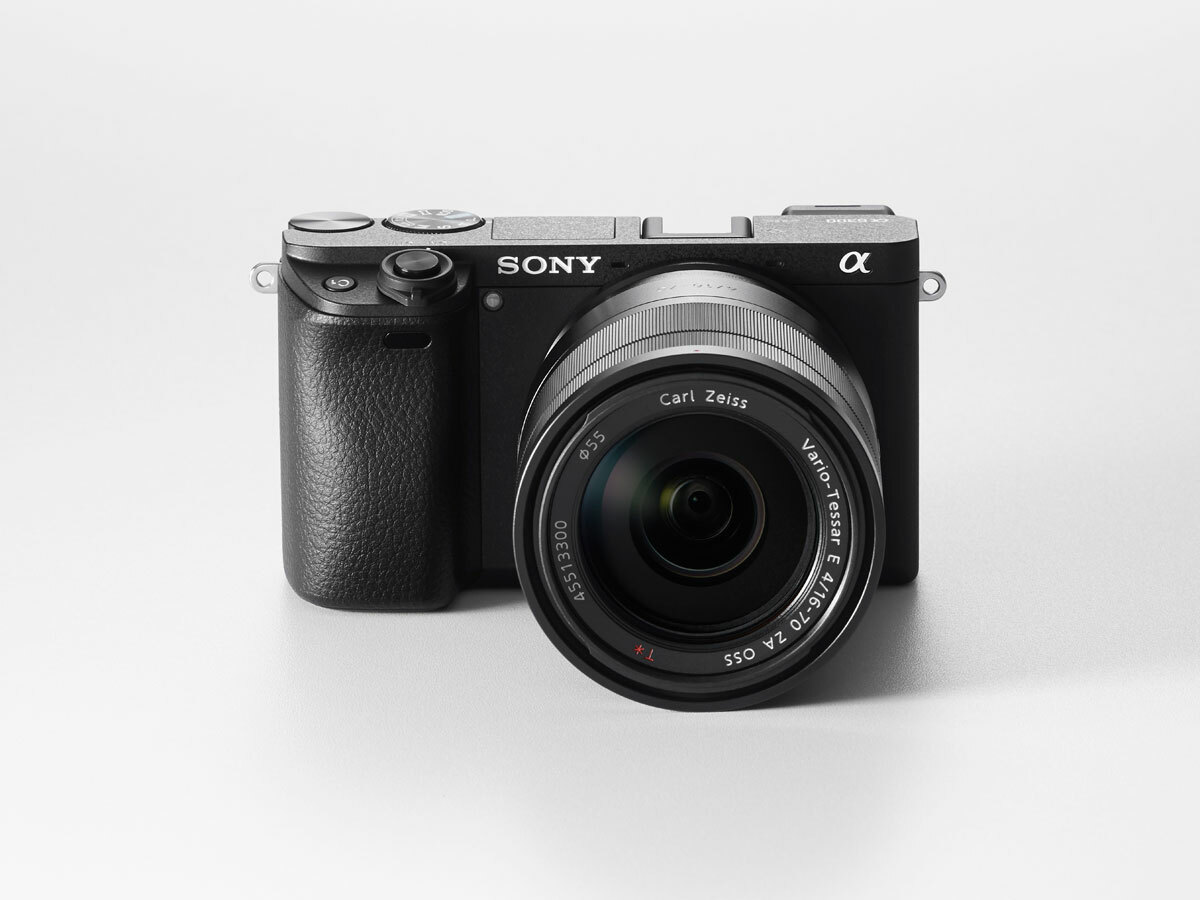
3. What’s your size?
With no mirror and no pentaprism, CSCs are a lot smaller than their DSLR brethren. That’s why they’re called compact system cameras, of course. But some are more compact than others, and many of the models that deliver on the performance side of things are a bit bulky thanks to their viewfinder and grip bulges.
Thankfully, some CSCs are built very much with size in mind, like the bulge-free Sony A6300 or the lightweight Panasonic GX80 – neither of which sacrifice much in terms of performance to remain svelte. Look out for small lenses too, like the tiny pancake primes made by Panasonic, Olympus, Sony and Fujifilm.
Best for portability: Sony A6300
Next steps
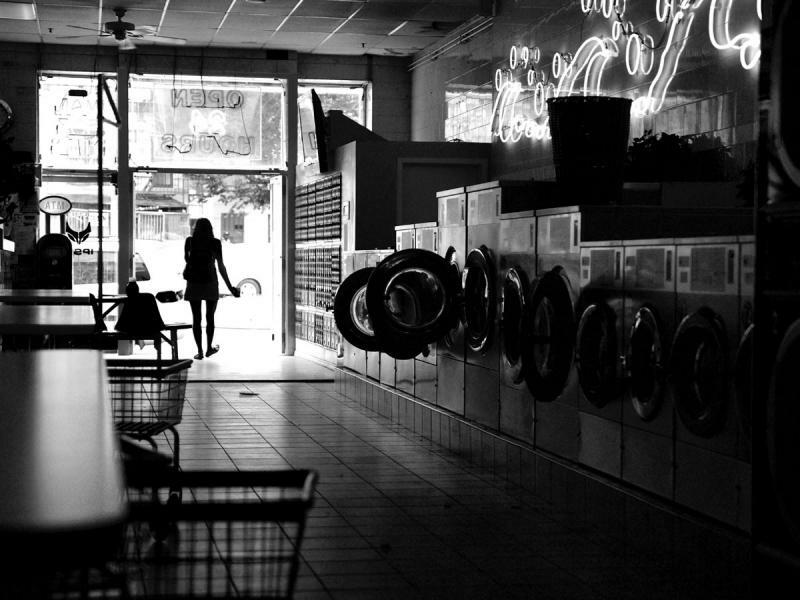
What kind of photos?
While most CSCs are capable of stepping up to most photographic tasks, some cameras are better suited to certain types of photography.
Looking to capture on-the-fly street photography? You want a discreet-looking, fast-focussing model (like the Olympus OM-D E-M5 Mk II). Aiming at ultra-detailed landscapes? A full-frame, high-megapixel camera fits the job perfectly (see the Sony A7R II). Want to be an after-dark shutterbug? A full-frame camera with high potential ISO and 5-axis image stabilisation (take a bow, Sony A7S II) is your ideal partner.
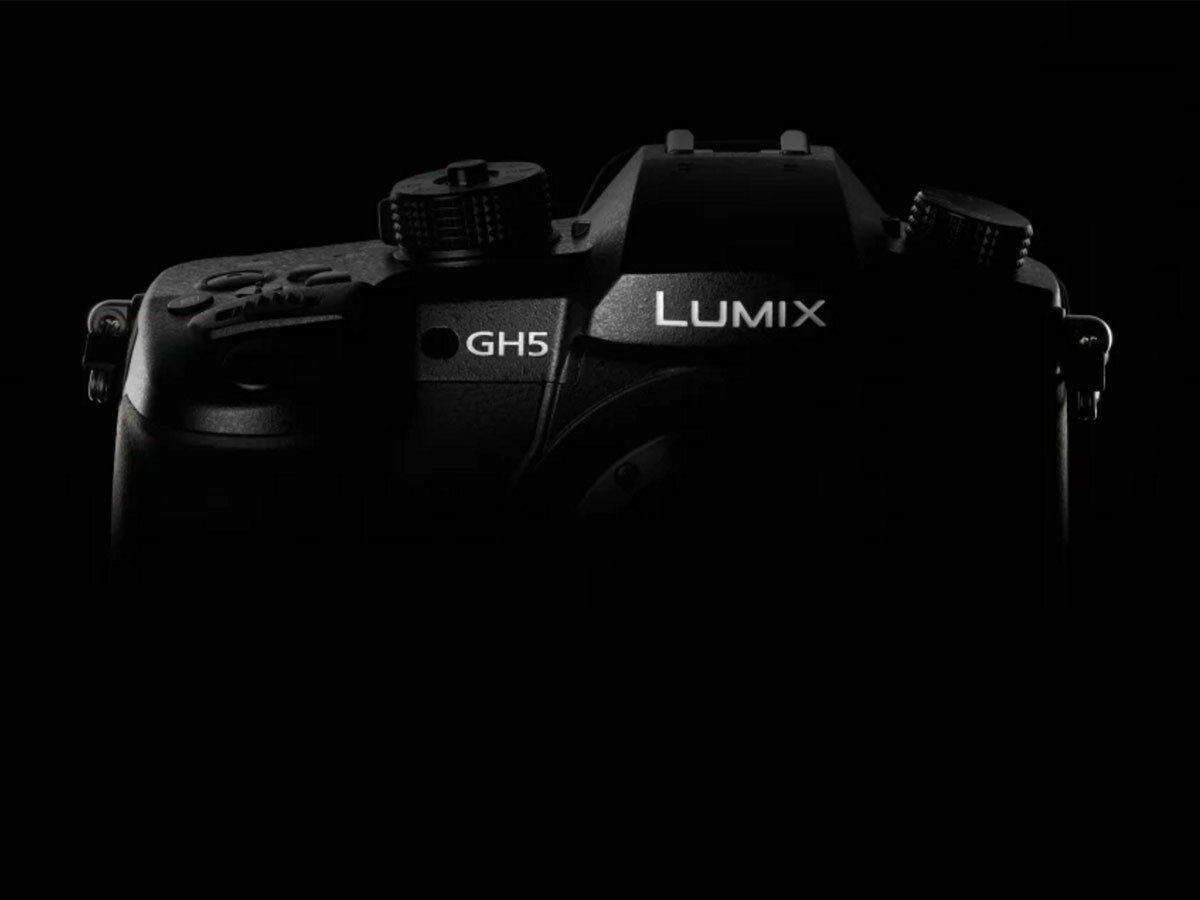
4K or 1080p?
How important is video recording to you? If you’re content with filming the odd family moment, you’ll probably be more than happy with a CSC that can capture 1080p clips (which is pretty much all of them).
But if you’re fussy about footage, consider one of the growing handful that can snaffle up pristine 4K videos – at a full four times the detail, these offer a richness and depth that makes 1080p look positively soft in comparison. Panasonic’s upcoming Lumix GH5 (arriving the first half of 2017) will even record super-duper 10-bit 4:2:2 4K footage at 60fps. That’s almost pro-level chops.
Jargon Buster
Baffled by camera-speak? Allow us to translate some of the most common offenders…
Focal length
Confused by all that talk of 35mm, 50mm and 100mm? Don’t be: it refers to focal length, meaning the field-of-view of a particular lens. The lower the number, the wider the field-of-view.
Aperture/F-number
The aperture is a hole inside the lens that light passes through before hitting the sensor. The larger its diameter (identified by a lens’ F-number – the lower, the larger), the more light passes through. Large aperture lenses are suited to low light shooting.
ISO number
The current sensitivity setting of your camera. Set a high ISO and the sensor will accept more light at short shutter speeds. That’s handy for sharper low-light shooting, but higher ISOs mean more grainy noise will appear in your snaps.
Now add these…
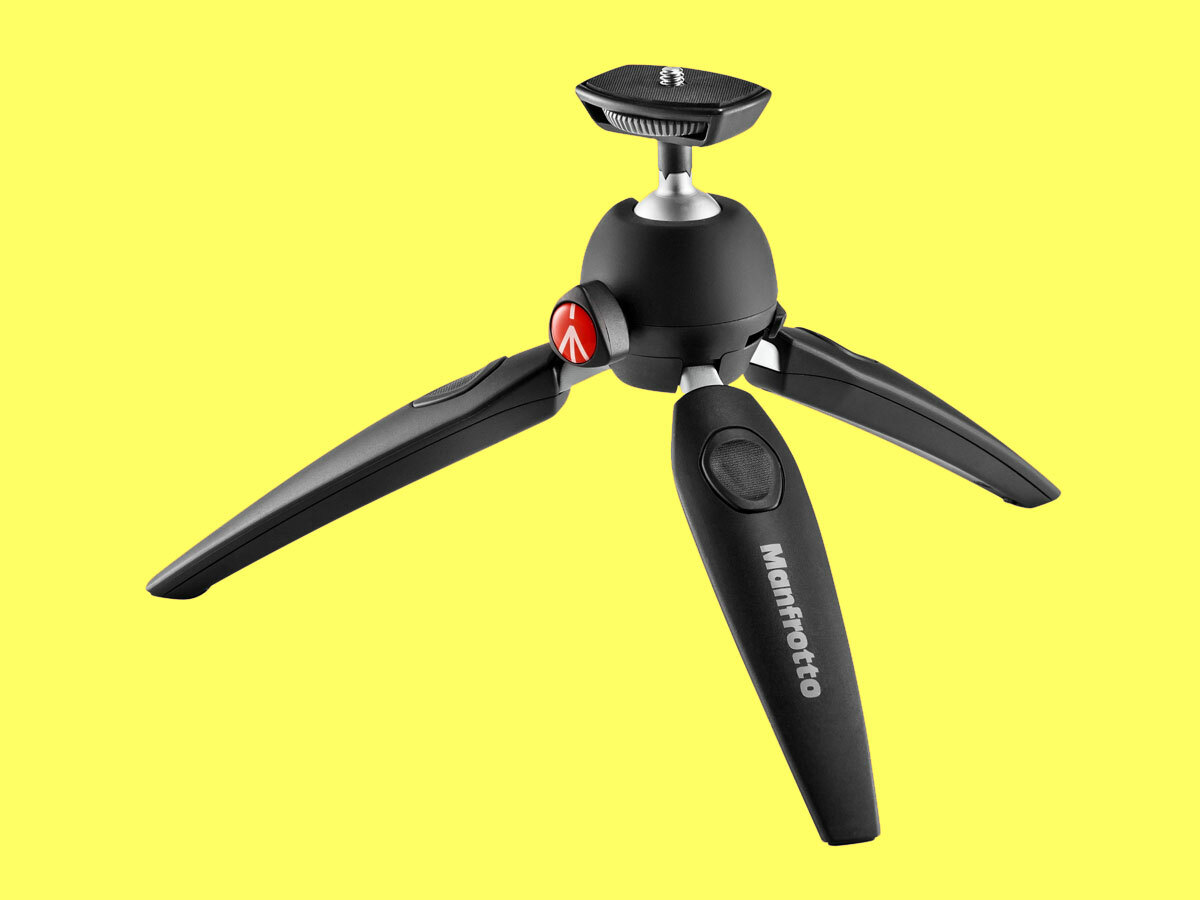
Flash
Built-in flashes are best reserved for emergencies only, but a real battery-powered flash gun can transform the way you shoot. Not only can it light large areas, it can also be angled, softened or even fired off-camera to produce dramatic effects.
Tripod
An accessory as old as the camera itself, the humble tripod is a must for any serious shooter. By keeping your camera dead steady and pointed precisely where you want (and freeing up your hands), it opens up endless photo and video possibilities. This Manfrotto Pixi Evo (£45, manfrotto.co.uk) will pack neatly down into your backpack.
Now read this › The 10 best system cameras you can buy right now



